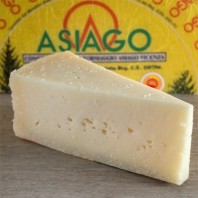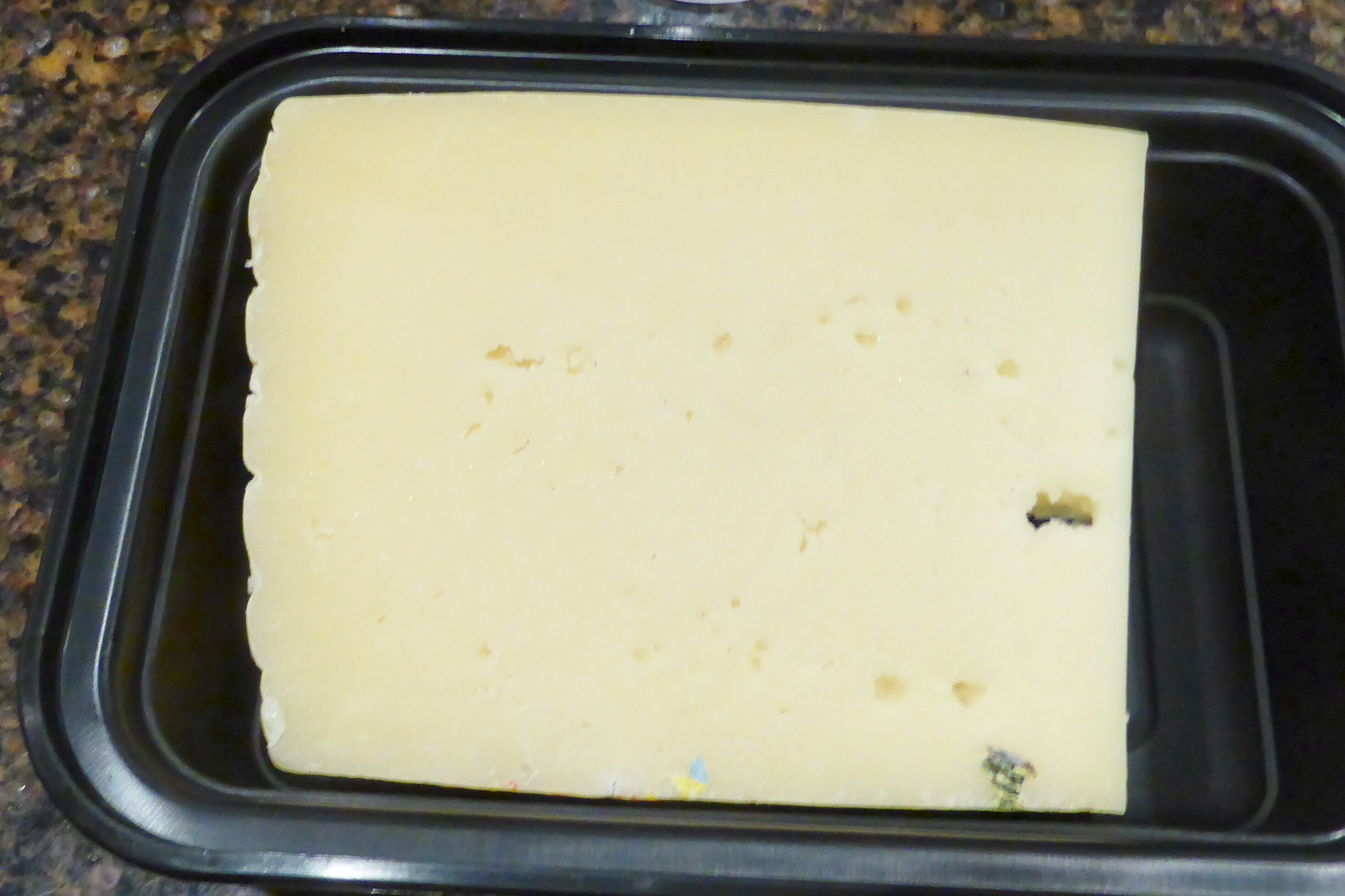|
 |
 |
Asiago |

Country: Italy
Cheese Texture/Type: Firm
Cheese Milk Type: Cow
Cheese Age: 6-9 months
|
|
|
|
This ancient Italian cheese was named after the capital town of Asiago d'Allevo in the Roman Altopiano dei Sette Comuni (or Highland of the Seven Municipalities). Tucked beneath the Dolomite Mountains northwest of Venice is where the village still exists. There artisan cheesemakers produce Asiago using traditional methods. Around 1000 A.D., Asiago was originally produced with sheep’s milk, a practical endeavor given that sheep were originally used for both food and wool. The sheep grazed freely, therefore it produced a rich and delectable milk. Another 500 years later, the sheep were replaced with cow’s milk and had been produced in that same fashion ever since. Like many cheeses, Asiago is sold at various degrees of maturity. Once the product has aged for six months, it is given the name "mezzanello." Just over one year it is referred to as "vecchio" (old). After 2 years or more of aging, it is known as "stravecchio" (very old). “D’allevo” and “pressato” are the two general types of Asiago. “D’allevo” (raised) is aged and has more of a pronounced taste while “pressato” (pressed) has a more buttery and sweeter taste. The cheese is firm enough to shave or shred after being aged for 9-12 months. Because of this, it has a nice crumbly texture so it is frequently used for cooking. It’s also a perfect table cheese that can be used for salads, pastas, soups, sauces, or melted in quesadillas and on pizza. Asiago adds something special to just about any dish due to is savory and flavorful nature. Asiago has been certified as a D.O.C. (Controlled Designation of Origin) since 1955. At that time, a law was passed to establish the boundaries of the geographical area where the milk to produce this cheese could be collected and where the production could take place. So, when you choose Asiago D.O.C., you can be sure that you're getting a genuine and authentic product.
|
| Tasting Notes: |
|
This unique variety of cheese has a very distinct taste. Its aroma is strong and is reminiscent of the fragrance of yeast and dried fruit. To the touch, it is slightly elastic when it's relatively young and harder when fully matured. The dark shades of yellow straw that distinguish this variety can at times reach the intensity of amber. The sweet taste can acquire a somewhat more savory flavor and ranges to slightly piquant. The rich aroma becomes refined with seasoning and has a hint of dried fruit, butter and sometimes, exotic fruits.
| |
|
12/08/2014
|
|